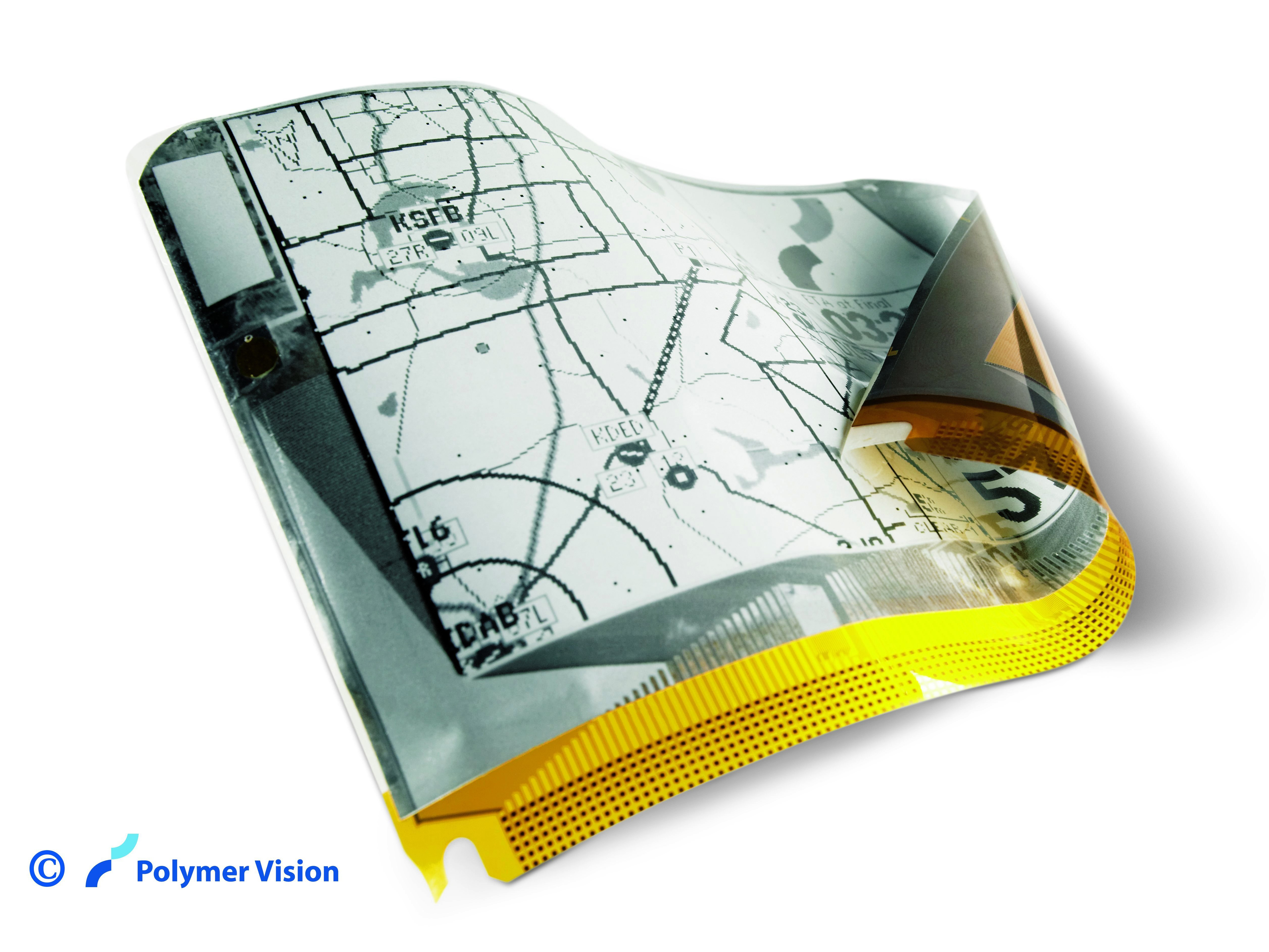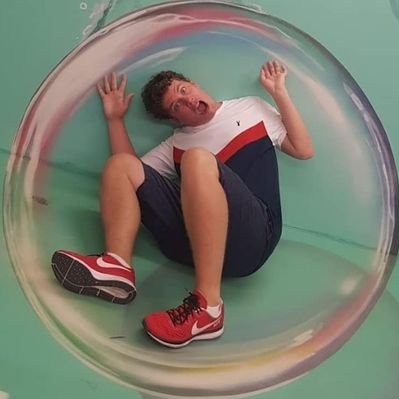LG Philips develops oil and water displays
Cheap and flexible paper-thin displays on the way

LG Philips has filed a patent application for a new type of thin, flexible display which uses oil and water inside the pixels. Currently, the company uses OLEDs (organic light-emitting diodes) mounted on a thin plastic to make its flexible displays.
But this is an expensive process, says New Scientist , because OLEDs are made at such a high temperature that the plastic mounting would melt if the parts were all made at the same time. As a result, the OLEDs are made on a glass surface and then transferred onto the bendy plastic afterwards, pushing costs up.
So instead, LG Philips' scientists have come up with a new way to illuminate pixels on a flexible display. The pixels are made from tiny plastic cells filled with minute amounts of oil and water.
The oil floats on the surface of the water and shrouds the coloured surface underneath it. When electricity is applied across the cell, the oil moves aside, changing the colour of the pixel.
Flexible displays
The resulting display is apparently full colour and glossy, like the cover of a magazine.
LG Philips announced a 14.1-inch colour e-paper display in May, which uses a metal substrate instead of more conventional glass. This enables the display to be curved around objects like street furniture - handy for advertising and other promotional purposes.
Get daily insight, inspiration and deals in your inbox
Sign up for breaking news, reviews, opinion, top tech deals, and more.
James was part of the TechRadar editorial team for eight years up until 2015 and now works in a senior position for TR's parent company Future. An experienced Content Director with a demonstrated history of working in the media production industry. Skilled in Search Engine Optimization (SEO), E-commerce Optimization, Journalism, Digital Marketing, and Social Media. James can do it all.
